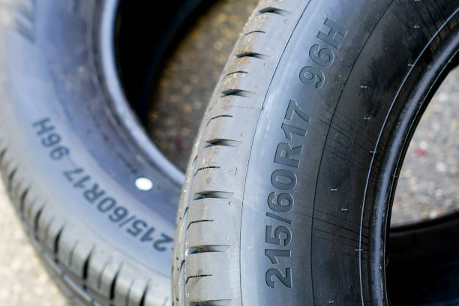The Importance Of Using The Right Tire Size For Your Vehicle
Tires are a key part of every vehicle because they heavily affect how a vehicle will perform. That’s why every vehicle has a tire optimized for its purpose and function to achieve the best performance. Tires that fit in the literal sense of the word are those in the right size.
Vehicles come in different sizes, which means so do the tires used for driving each of them. It’s basic knowledge that every driver must know to drive theirs in their best possible condition. Not using the right tire size for your vehicle can compromise road safety, among other aspects of driving.
Thus, it’s your responsibility to follow the basics of using the proper tire size when driving. Are you looking for a new set? Then read about the importance of using the right tire size for your vehicle first.
Traction and stability improvement
Tires provide the grip you need to drive on whatever surface you’re driving on. The larger your tires are, the more grip your vehicle has on the road. It’s because a larger tire diameter allows more of the tires’ surface to be in contact with the road when driving.
The increase in contact with the road gives your vehicle more to hold onto, which increases its ability to maneuver and becomes easier to handle. Those are two important driving functions that every vehicle has to do well to be safe when driving. Hence, passenger car tires go with a passenger car, and truck bus tires go with a truck bus because they’re designed to fit the vehicle they’re made for and have enough surface coverage.
However, you can also upgrade your tires’ sizes when presented with the option to do it. The more tire that touches the road when you drive, the more stable your vehicle will be.
Higher replacement costs for bigger tires
With all the benefits a larger tire gives you, this is its inevitable downside. Using larger tires will cost you more money when the time comes to replace them. That’s because changing to larger tires with improper sidewall height can cause damage.
Larger tires mean larger diameters which include the sidewall. When you fit a tire with a higher sidewall than the recommended height to your vehicle, it will damage its suspension system, wheels, and the tires themselves. It can also expose your vehicle to the risk of incorrect speedometer ratings.
The risk of throwing off your speedometer is also why it’s not recommended to replace your tires with a different size. Doing that could also do serious damage to your vehicle’s antilock brake systems and stability system calibrations. That’s because your vehicle’s computer is set to the size of the tire installed on it, and a larger size will confuse it.
Smaller tires on larger wheels will cause accidents
Smaller tires on large wheels are also unsafe for driving. While it doesn’t confuse your vehicle’s speedometer and odometer, it can have shorter sidewalls. Short tire sidewalls are stiffer, which increases the chances of a blowout when you hit potholes.
Conclusion
While upgrading your tires to a larger size does have its advantages, the tradeoffs are quite significant to do it. If you don’t need it, it’s advisable not to replace your tires with a different size. Remember that safety must be your top priority when driving, and replacing your tires with the same size ensures that you’re safe.

